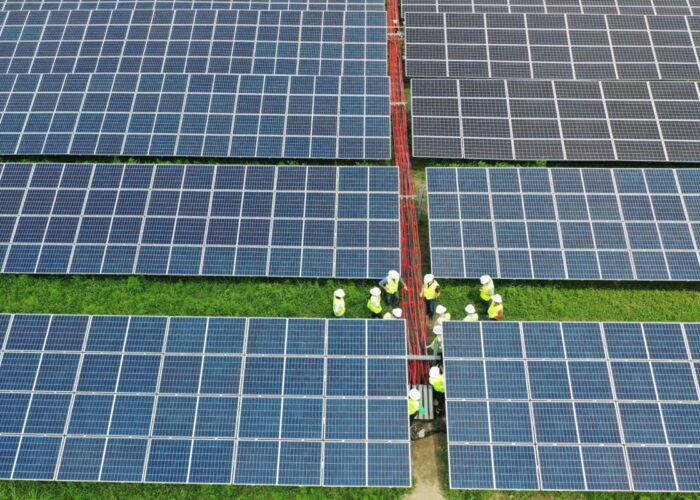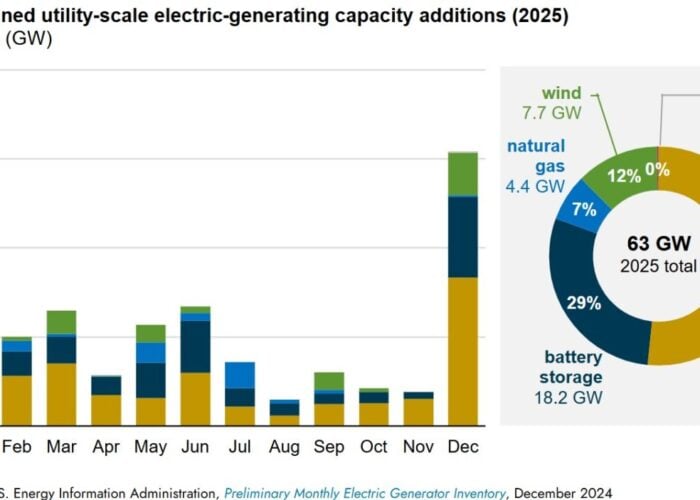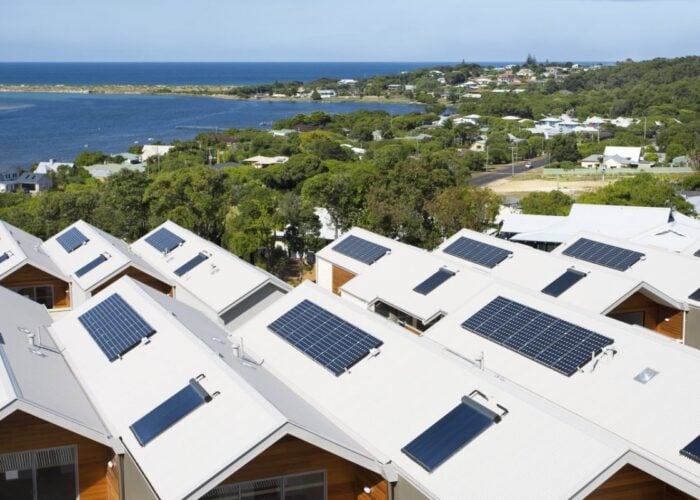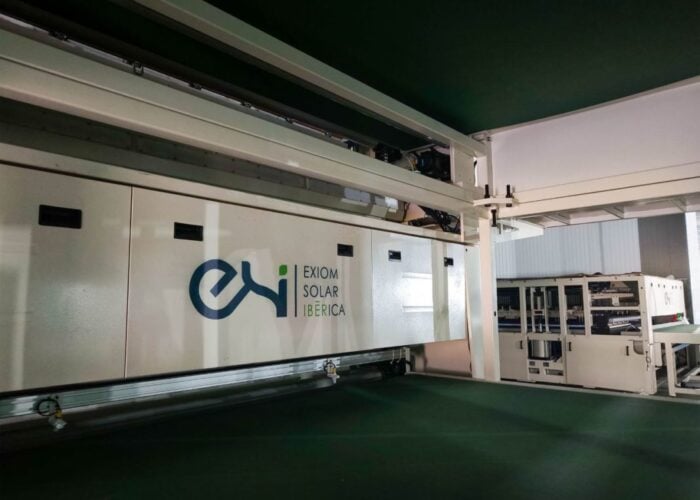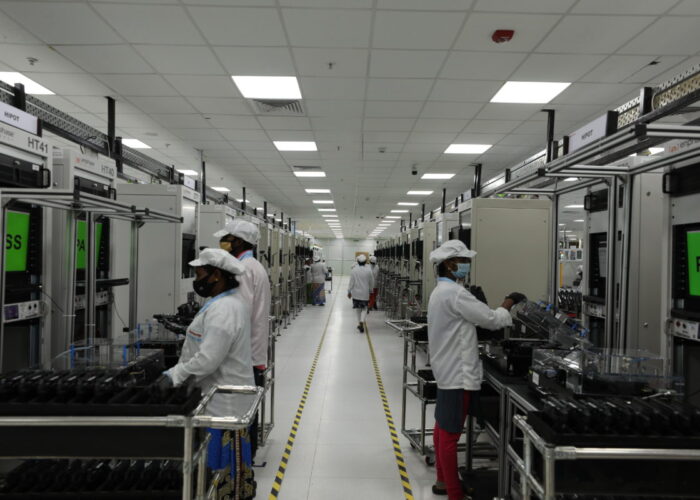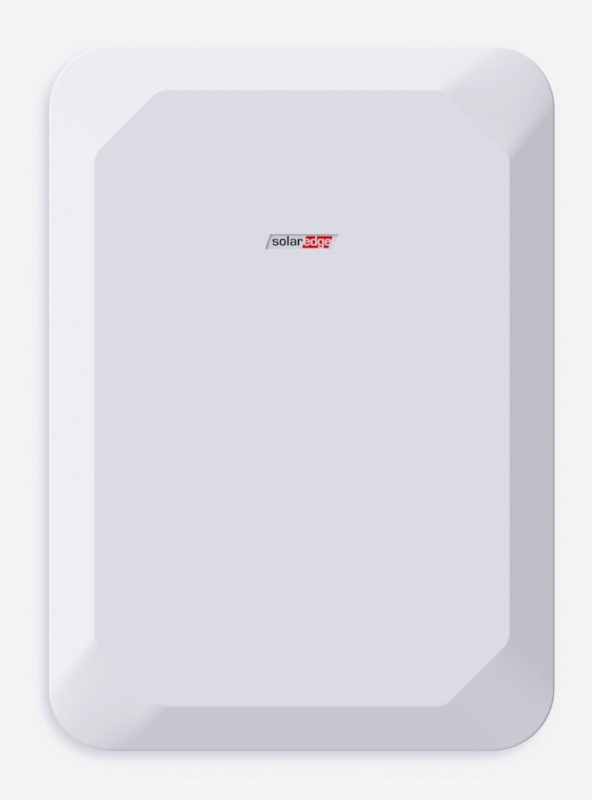
Lior Handelsman, VP of marketing and product strategy and founder at SolarEdge, discusses the trends affecting both NMC and LFP battery chemistries and which is the most appropriate measurement metric for ESS.
Unlock unlimited access for 12 whole months of distinctive global analysis
Photovoltaics International is now included.
- Regular insight and analysis of the industry’s biggest developments
- In-depth interviews with the industry’s leading figures
- Unlimited digital access to the PV Tech Power journal catalogue
- Unlimited digital access to the Photovoltaics International journal catalogue
- Access to more than 1,000 technical papers
- Discounts on Solar Media’s portfolio of events, in-person and virtual
The lithium ion battery market is experiencing growth on all sectors, including consumer and industrial applications, electric vehicles, and stationary energy storage systems (ESS).
In fact, there are estimates that the market will double or even triple in size by 2030. This growth is coupled with declining prices, with prices having fallen as much as 73% from 2010 through 2016. These varying market pressures are leading to new insights and advancements in the battery industry.
One of the ongoing discussions in the battery market has been the debate between nickel-manganese-cobalt (NMC) versus lithium-ion phosphate (LFP)-based chemical compositions.
Both technologies have their own strengths and weaknesses. For instance, LFP has a longer lifespan than NMC and is considered more stable, but NMC has a higher energy density. In recent years, the industry has settled this debate with a preference for NMC. This conclusion was likely reached following fast evolution of NMC technology due to its large economies of scale in the mobile phone market.
The new emerging demands in electric mobility may have also played a role in this determination, as NMC composition can have either high specific energy, which is particularly important in the e-mobility market, or high specific power, which is typically more important in the stationary ESS market.
In fact, it is the stationary and the transportation markets that are putting some of the biggest demands on battery technology, and sometimes these requirements can be contradictory, such as c rates and environmental conditions. For the stationary market, especially solar energy storage, the demand for battery storage is being driven by diminishing feed-in tariffs for PV and demand charges, along with the need to stabilize the grid.
Because of their usage in the ESS market, the battery requirements, especially for the residential sector, tend to be focused more on price, ease of installation, interoperability, and energy density. While the transportation sector has requirements that focus more on the need to quickly charge batteries and quick discharge batteries for fast acceleration and speeds. The transportation sector is specifically putting more pressure on battery development to improve energy density of batteries for longer ranges while maintaining battery volume. Last, but not least, safety is of increased concern in the mobility market due to its mass scale of deployment, and automotive standards.
Despite their almost inherent conflicting requirements, there is some overlap that we are beginning to see between the ESS and transportation markets. This overlap mainly comes from the dual uses of batteries, for instance in V2G, battery vehicle being used as house backup, leveraging ESS batteries for charging EVs, and the second life market of EV batteries as stationary ESS. In addition, there has been an increased awareness for safety in stationary batteries. These overlaps provide more value for batteries, but as their usage increases, it might have an impact on the battery’s lifetime. Because batteries are being used in a different way than previously, the concept of energy throughput is starting to take hold as a more important measurement technique.
While charge and discharge cycles used to be the standard, it no longer makes sense to evaluate battery performance based on this criterion. The changing dynamics of the battery market is turning the concept of energy throughput to become a more relevant measurement of a battery’s value.
Energy throughput is the measurement of how much energy can go in and out of a battery throughout its entire lifetime while still maintaining functionality, efficiency, and capacity. This is because value stacking and advanced energy management systems allow batteries to be used for a variety of applications in parallel, such as self-consumption, grid stability, and real-time pricing.
This parallel usage means that a battery will not necessarily fully charge or discharge in one day, but instead will have multiple partial charges and partial discharges and according to various charging and discharging patterns. For example, solar storage will charge at low power, but long duration, but frequency regulation services will charge at short bursts of high power.
This trend of evaluating batteries based on energy throughput will only increase as energy management systems continue to advance, more electricity is used in homes with increased EV charging, AC usage, and water heating transitioning to be electric based, and solar becomes a larger portion of electricity supply.

